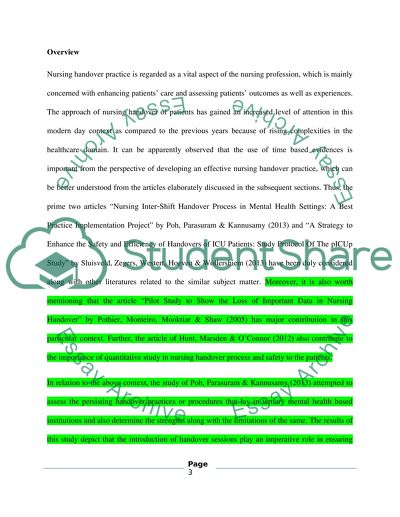Cite this document
(“LEARNING FOR PROFESSIONAL DEVELOPMENT Essay Example | Topics and Well Written Essays - 2500 words”, n.d.)
LEARNING FOR PROFESSIONAL DEVELOPMENT Essay Example | Topics and Well Written Essays - 2500 words. Retrieved from https://studentshare.org/nursing/1672840-learning-for-professional-development
LEARNING FOR PROFESSIONAL DEVELOPMENT Essay Example | Topics and Well Written Essays - 2500 words. Retrieved from https://studentshare.org/nursing/1672840-learning-for-professional-development
(LEARNING FOR PROFESSIONAL DEVELOPMENT Essay Example | Topics and Well Written Essays - 2500 Words)
LEARNING FOR PROFESSIONAL DEVELOPMENT Essay Example | Topics and Well Written Essays - 2500 Words. https://studentshare.org/nursing/1672840-learning-for-professional-development.
LEARNING FOR PROFESSIONAL DEVELOPMENT Essay Example | Topics and Well Written Essays - 2500 Words. https://studentshare.org/nursing/1672840-learning-for-professional-development.
“LEARNING FOR PROFESSIONAL DEVELOPMENT Essay Example | Topics and Well Written Essays - 2500 Words”, n.d. https://studentshare.org/nursing/1672840-learning-for-professional-development.


